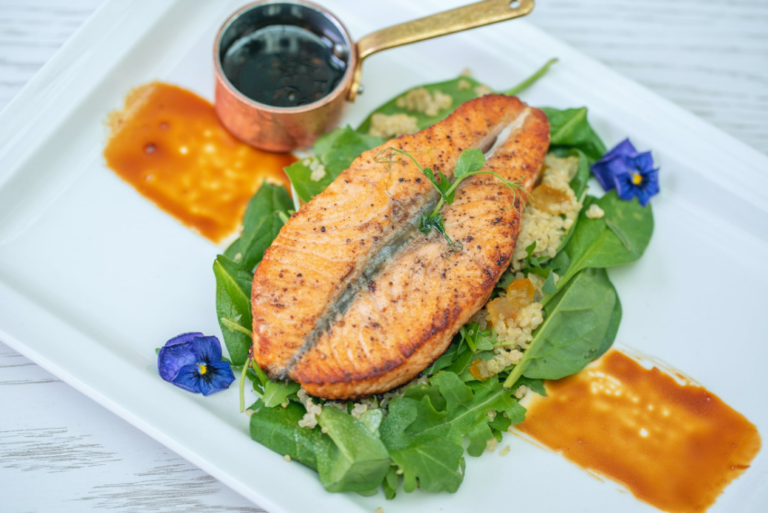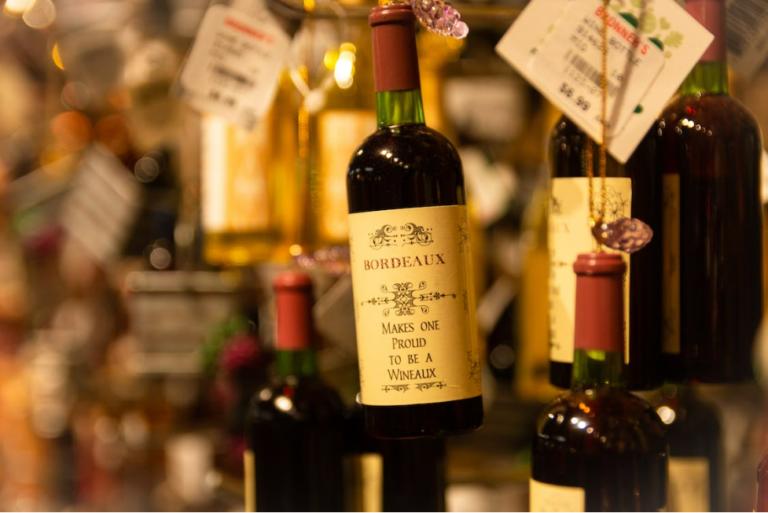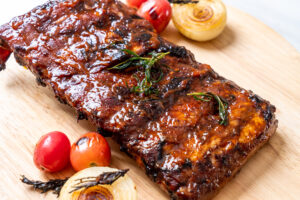
Order your next bottle of Scout & Cellar wine TODAY!
Have you ever enjoyed a glass of wine that was highly recommended but left you disappointed? Or been let down by a wine you previously adored? Perhaps the wine was simply not served in a way that let it shine. This is one reason why you need to know what temperature should wine be served?
Decanting, as well as temperature and glassware, can have a big impact on a wine’s aromas and flavors. Understanding how and why things work will aid you in deciding what’s ideal for your wine and occasion. How the wine has been stored in the wine cellar may have an impact as well.
You can read about How To Open A Bottle Of Wine Without A Corkscrew in this post.
What Is The Significance Of Wine Serving Temperature?
The temperature at which a wine is served is sometimes disregarded. The serving temperature is vital in unlocking a wine’s entire flavor and bouquet. It’s crucial to note that each wine has a different ideal serving temperature. And that one temperature won’t work for everyone.
A wine should be just correct when it comes to serving temperature. If the wine is served too hot, the alcohol content will be highlighted, leaving the drink flat and flabby. If the wine is served too cold, the aromas and flavors will be reduced. The tannins in red wines may appear harsh and astringent. White wines are frequently served chilled, while red wines are opened at a warm room temperature, neither of which is optimal. Individual taste dictates what is “just perfect” for you, however here are some broad guidelines:
Red Wine
Red wine temperature should be served chilled, between 60 and 70 degrees Fahrenheit. The most widespread myth about serving wine is that red wine should be served at room temperature, it is actually best served chilled. We like to chill red for an hour before serving it to get it down to serving temperature. You can put it in the freezer for 15 minutes to get faster results. We like to let the wine out on the table to slowly warm after opening and either decanting or pouring the initial glasses, exactly as we do with white wine.
Here’s our full article about What Is The Right Temperature To Store Red Wine.
Rosé And Full Bodied White Wine
Whine wines and rosé should be served chilled, between 50 and 60 degrees Fahrenheit. The easiest way to keep white wine and rose chilled is to put it in the fridge right after purchase; however, if you buy it the same day you intend to drink it, you may either leave it in the fridge for several hours or put it in the freezer for approximately 30 minutes. That ought to suffice!
We like not to put the bottle on ice after opening it and pouring everyone their first glass, preferring instead to let it sweat on the table, as the wine’s smells and character alter slightly as the temperature rises, which we enjoy. This is particularly noticeable with a quality bottle of cabernet sauvignon and many other light dry white wines.
Sparkling Wine
Sparkling wines should be served at 40 to 50 degrees Fahrenheit. We like to pop our bubbly about an hour before popping it in the freezer, but don’t forget about it or you’ll have an explosion. If you don’t have much time, you can put the bottle in an ice bucket for 30 minutes and get similar results. Because of the icy cold temperature, the bubbles will remain fine rather than frothy. After you’ve opened the bottle and poured the first glasses, keep the open bottle on ice until you’ve finished it.

Your Wine May Need Some Time
A white or sparkling can take an hour or two in the fridge to cool down to the appropriate temperature, and there’s no harm in putting a too warm red in there for a while as well. A red wine removed from a cellar, cooler, or fridge, on the other hand, may need up to a half hour to come to room temperature. A small wine cooler with temperature settings up to 65° F is useful to have if you can afford one; you can use it to store wines you wish to open for dinner or a party.
How can you determine if the wine has reached serving temperature if you don’t have that information? Instant digital thermometers can take the temperature of a wine through the bottle, and other devices can be inserted into an open bottle’s mouth. But it’s simple enough to guesstimate by touching the bottle; it should at least be chilly to the touch. You’ll figure out what feels right after enough trial and error from opening and tasting.
Warming Up Or Cooling Off
Are you in need of a quick fix? Immerse the wine in a mixture of ice and cold water if it is too warm. Because more of the glass is in contact with the cold source, this freezes a bottle faster than ice alone. For a red wine, this could take 10 minutes, and for a sparkling wine, it could take up to 30 minutes. You may even put a bottle in the freezer for 15 minutes to make it last longer. But don’t forget about it, or the wine may freeze and the cork will fall out!
If the wine is excessively cold, decant it into a container that has been washed with hot water or place it in a bucket of warm water for a few minutes. Anything that requires a lot of heat should be avoided. If the wine is only slightly chilled, pour it into glasses and warm it up in your hands by cupping your hands around the bowl.
Keep in mind that a chilled wine will warm up in the glass, whereas a warm wine will only warm up. It’s generally a good idea to start a little cooler than the desired temperature.
Final Thoughts About The Proper Temperature To Serve Wine
Have you ever enjoyed a glass of wine that was highly recommended but left you disappointed, or been let down by a wine you previously adored? Perhaps the wine was simply not served in a way that let it shine. Decanting, as well as temperature and glassware, can have a big impact on a wine’s aromas and flavors. Understanding how and why things work will aid you in deciding what’s ideal for your wine and occasion.







